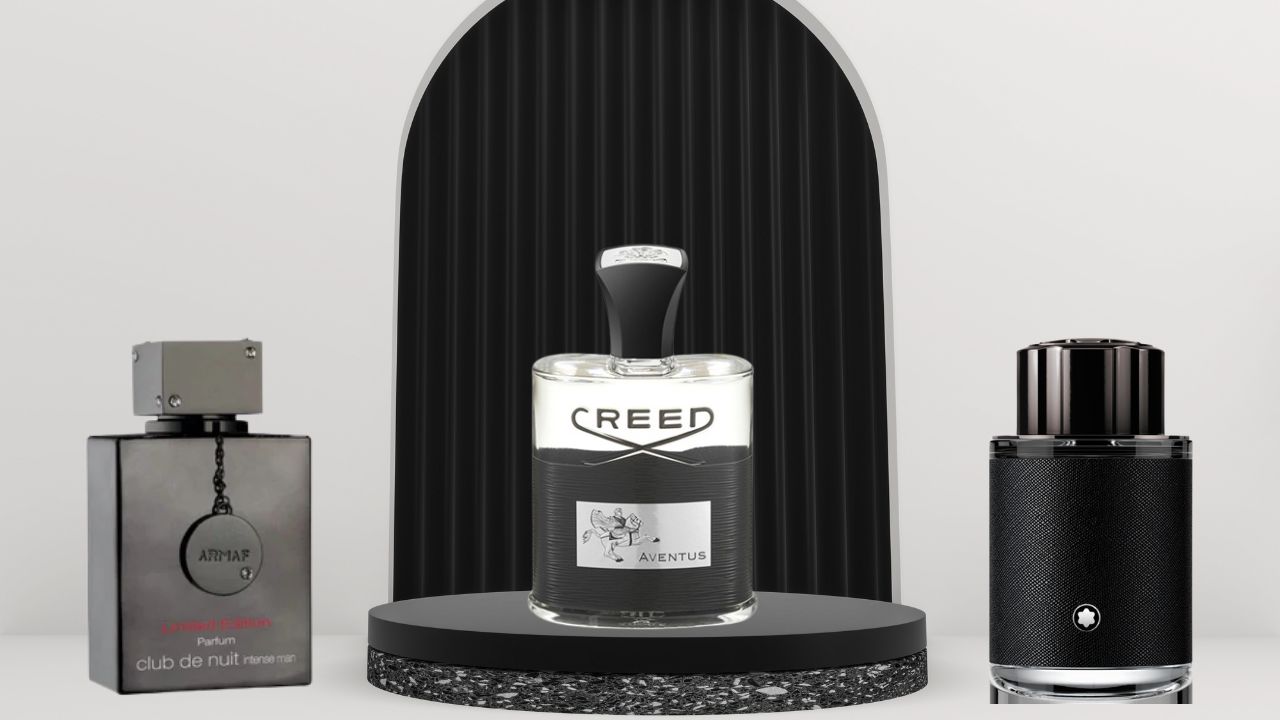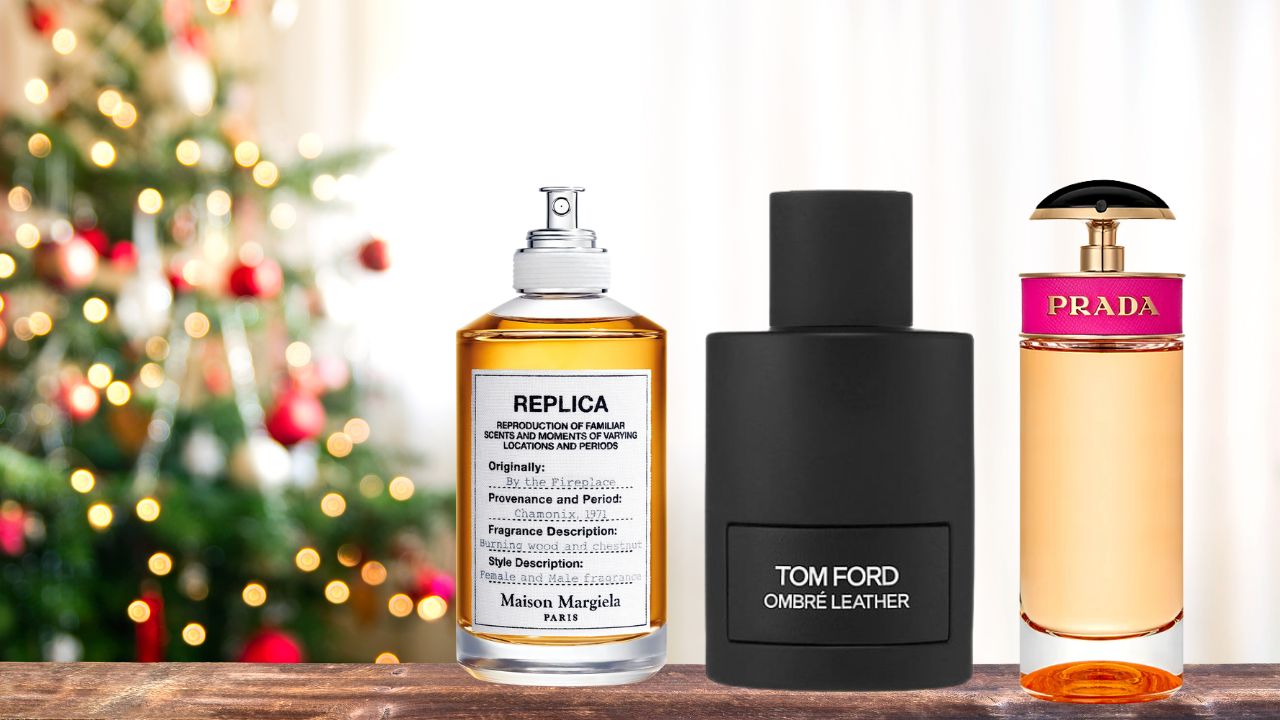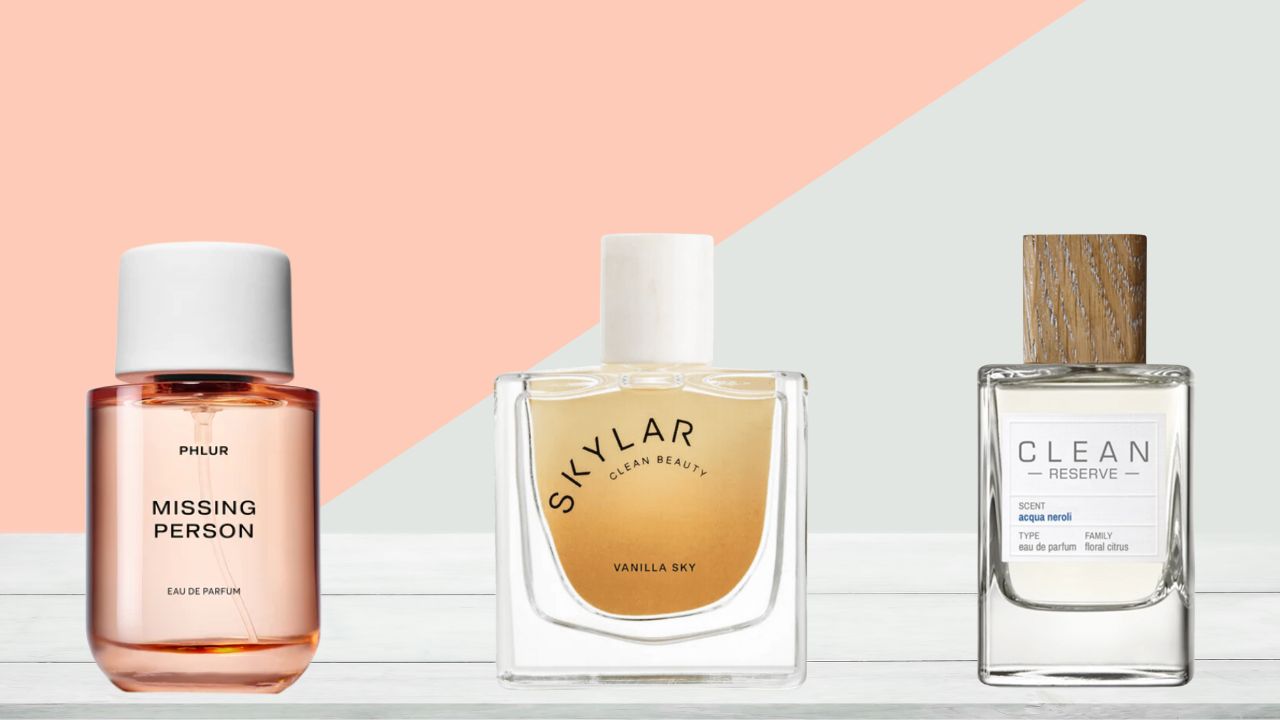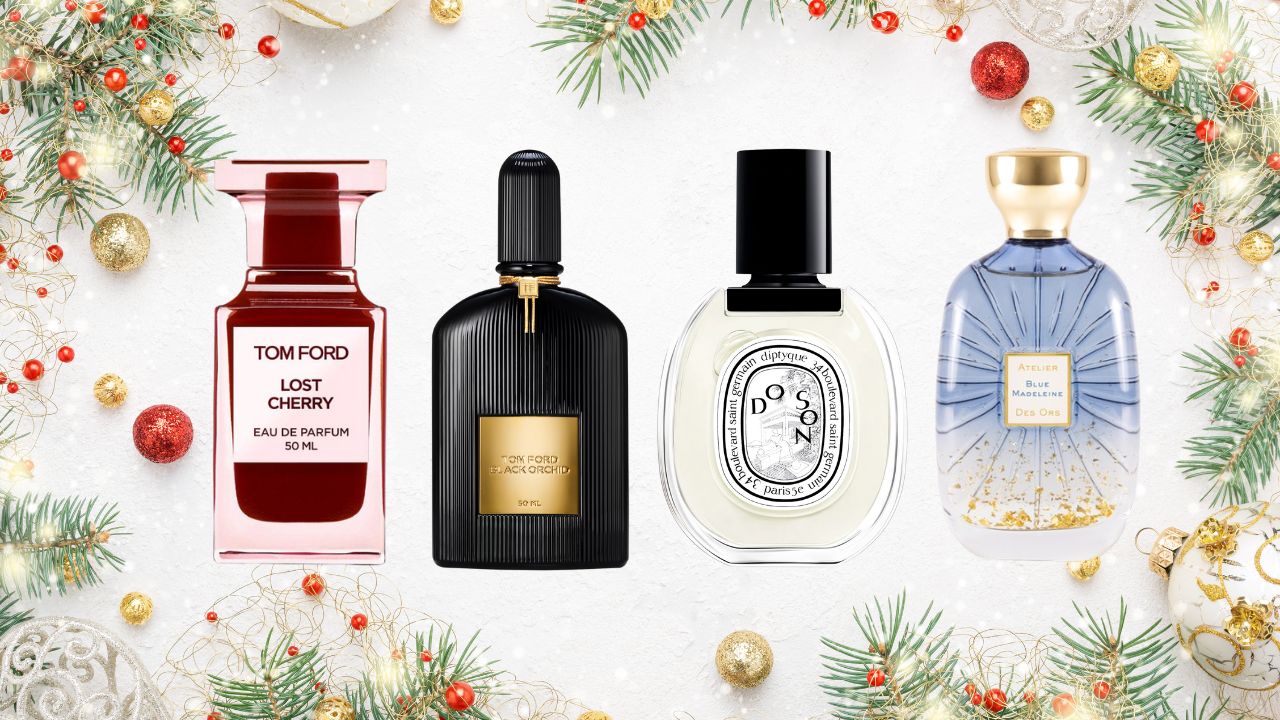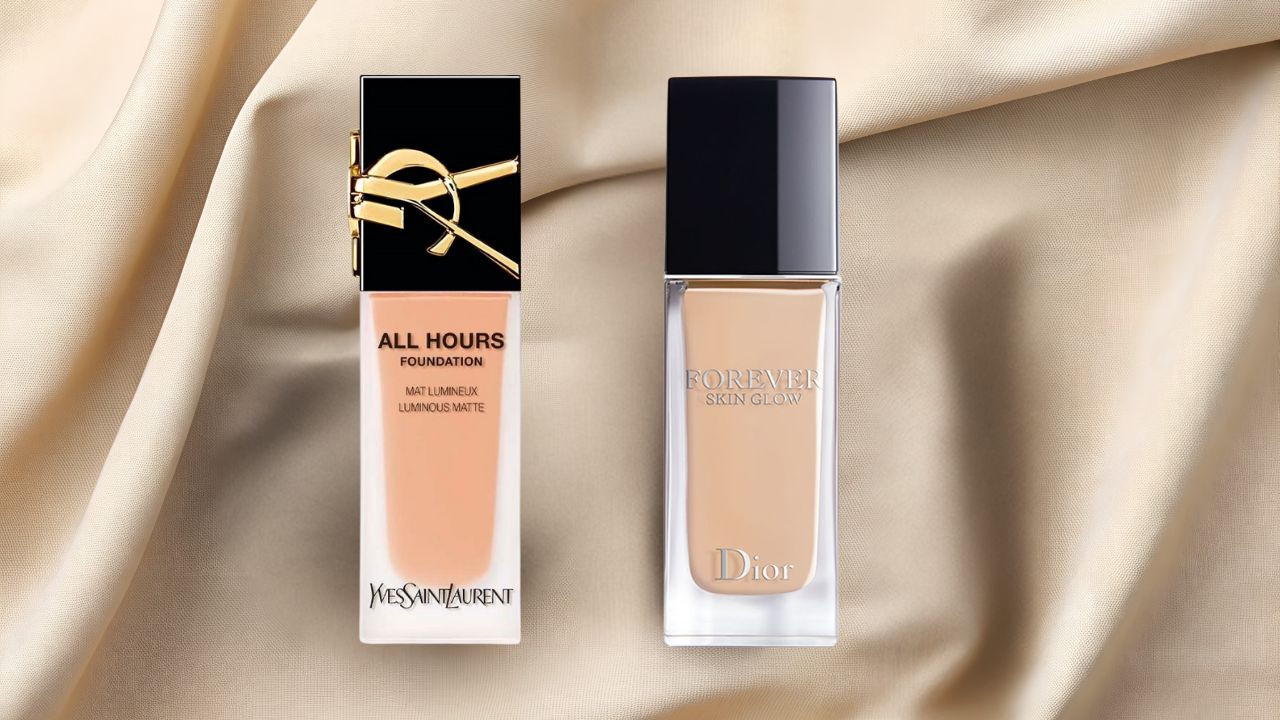Blog
Home / Beauty, Hair & Skin Care / How to Properly Brush Your Teeth: Brush Smarter, Not Harder for a Healthier Smile
Categories
Recent Posts
- Best YSL Perfumes for Men in 2026: The Definitive Guide
- Affordable Christmas Perfume Gifts That Actually Feel Luxurious
- The Definitive Guide to Perfumes That Smell Like Creed Aventus: Luxury Scents Without the Luxury Price Tag
- Perfume Advent Calendars: 12 Days of Niche Scents
- Christmas Makeup Ideas: Your Guide to Festive Glamour That Actually Works
How to Properly Brush Your Teeth: Brush Smarter, Not Harder for a Healthier Smile
0
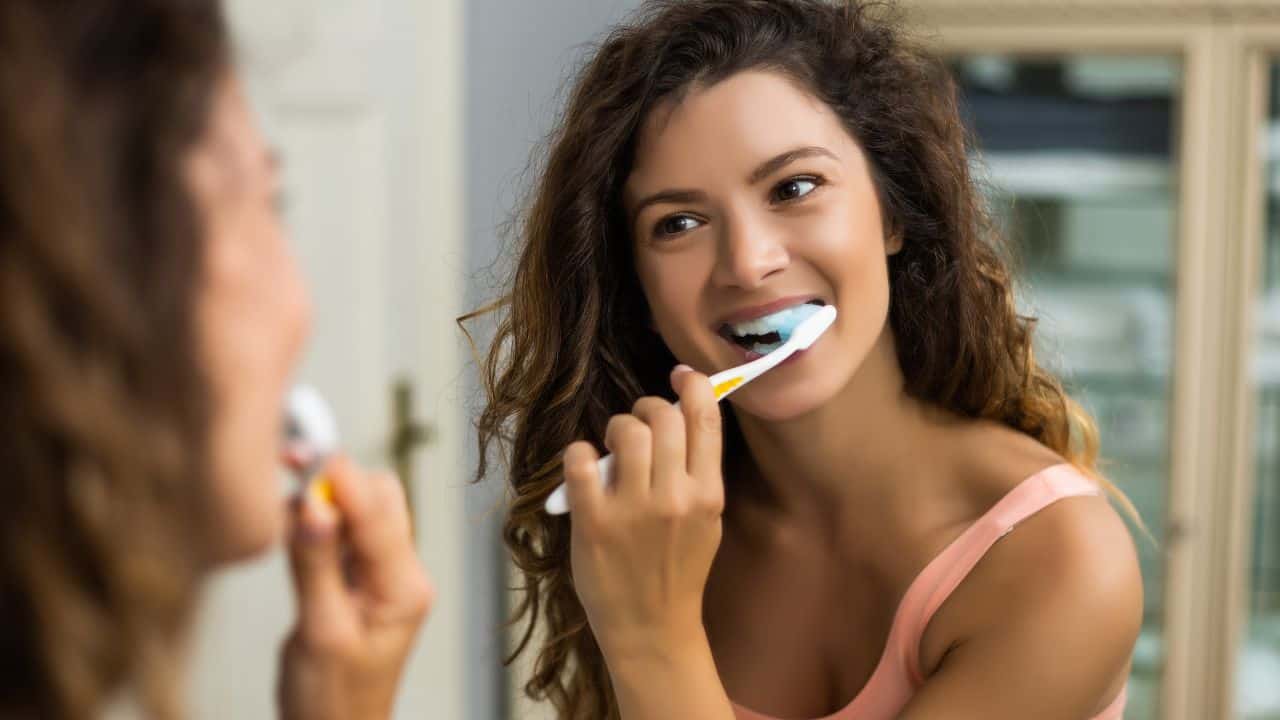
Brushing your teeth isn’t just about fresh breath—it’s your fundamental step towards lifelong oral health and a confident, glowing smile. But let’s be real: many people unknowingly use outdated or ineffective techniques, scrubbing too aggressively, which can actually harm their teeth and gums.
Mastering the correct brushing technique is your best defense against common issues like cavities, gum disease (gingivitis and periodontitis), and persistent bad breath, ensuring your smile remains vibrant and healthy.
Consider this your comprehensive, evidence-based guide to brushing like a dental professional. From selecting the optimal tools to perfecting your technique for every tooth surface, we’re covering every essential detail. Because a truly healthy smile is built on informed, consistent habits!
Why Proper Brushing is Non-Negotiable for Your Health
Brushing your teeth goes far beyond simply removing food particles; it’s a critical daily practice for disrupting and removing plaque—a sticky, colorless film of bacteria that constantly forms on your teeth. If this plaque isn’t consistently removed, its accumulation can lead to:
- Cavities (Dental Caries): The bacteria in plaque produce acids that erode tooth enamel.
- Gum Disease: Plaque irritates the gums, leading to inflammation (gingivitis), and if untreated, can progress to periodontitis, a severe infection that damages the bone supporting your teeth.
- Bad Breath (Halitosis): Bacteria left on the teeth and tongue are primary culprits.
Beyond these immediate oral health concerns, the health of your mouth is intricately linked to your overall systemic well-being. Scientific research increasingly demonstrates this connection. For instance, a 2017 study highlighted a significant link between Periodontitis (PDIS), a common oral disease, and serious systemic conditions such as type 2 diabetes, cardiovascular disease, and even cognitive decline.
Therefore, prioritizing your oral hygiene is a proactive step towards maintaining your entire body’s health.
The Essential Tools for Optimal Oral Hygiene
Before you begin your brushing routine, ensure you have the correct, high-quality tools:
- Toothbrush: Always opt for a soft-bristled toothbrush. Hard bristles can damage tooth enamel and gums over time.
- Fluoride Toothpaste: Choose a toothpaste that contains fluoride, which is scientifically proven to strengthen tooth enamel and effectively fight cavities.
- Dental Floss: Flossing is crucial for cleaning between teeth and beneath the gumline, areas that your toothbrush cannot effectively reach.
- Mouthwash: An antimicrobial mouthwash can help reduce oral bacteria, reach areas missed by brushing and flossing, and provide sustained fresh breath. Opt for a fluoride mouthwash for added cavity protection.
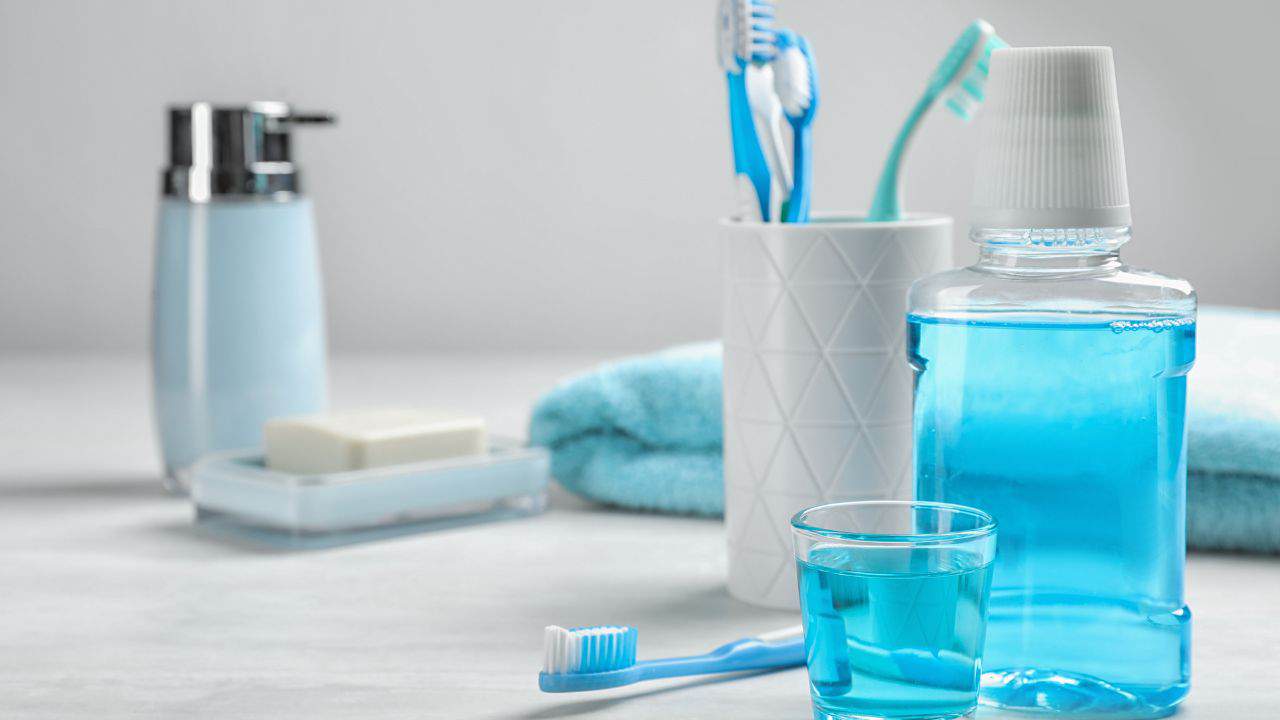
Step-by-Step Guide: How to Brush Your Teeth Properly for Maximum Cleanliness
Brushing might seem intuitive, but incorporating these minor, precise adjustments can significantly enhance its effectiveness. Here’s how to achieve a professional-level clean at home:
- Prepare Your Brush: Wet your toothbrush head lightly and apply a pea-sized amount of fluoride toothpaste.
- Angle for Success: Hold your toothbrush at a 45-degree angle to your gums. This angle allows the bristles to clean both the tooth surface and gently reach into the gumline.
- Gentle, Circular Motions: Use gentle, short, circular (or back-and-forth) strokes to clean the outer surfaces of your teeth. Avoid aggressive scrubbing, which can lead to gum recession and enamel wear.
- Inner Surfaces: Employ the same gentle, circular motions to clean the inner surfaces of your teeth. Pay special attention to the front lower teeth, where plaque often accumulates.
- Chewing Surfaces: Clean the chewing surfaces of your molars and premolars using short, back-and-forth strokes.
- Don’t Forget Your Tongue: Gently brush your tongue from back to front to remove bacteria and food debris, which are significant contributors to bad breath. Many toothbrushes have a built-in tongue cleaner on the back of the head.
- Rinse & Review: Spit out the toothpaste and rinse your mouth thoroughly with water (or mouthwash, if desired). Take a moment to admire your fresh, clean smile!
Brushing Frequency and Timing: The Golden Rules for Lasting Oral Health
Brushing at the right time and for the correct duration is as vital as your technique. Follow these guidelines to keep your teeth in their optimal condition and top shape!
How Long Do You Need to Brush?
You should brush your teeth for a minimum of two minutes. Divide your mouth into four quadrants (upper right, upper left, lower right, lower left) and spend at least 30 seconds on each.
Many people tend to rush this process, but dedicating the full two minutes ensures comprehensive cleaning of all tooth surfaces. Consider using a timer or an electric toothbrush with a built-in timer.
How Often Should You Brush Your Teeth?
The gold standard for effective plaque removal and cavity prevention is brushing twice a day: once in the morning and once thoroughly before bed.
Nighttime brushing is particularly crucial because it removes the accumulated bacteria and food particles that would otherwise contribute to decay throughout the hours you sleep. The American Dental Association (ADA) strongly recommends this frequency.
Should You Brush Before or After Food?
According to guidelines from reputable sources like the Mayo Clinic, if you have consumed something highly acidic (such as citrus fruits, soda, or even coffee), it is advisable to wait for at least 30-60 minutes before brushing your teeth.
Brushing immediately after acid exposure can inadvertently spread the acid and soften tooth enamel, potentially leading to erosion. If necessary, rinse your mouth with plain water to help neutralize the acids. For non-acidic meals, brushing after eating is generally fine.
Special Brushing Techniques for Unique Oral Health Needs
Not all smiles are the same, and sometimes, your brushing routine requires specific adaptations. Whether you’re using advanced tools or navigating special circumstances, here’s how to maintain optimal oral hygiene:
Brushing with an Electric Toothbrush
Electric toothbrushes (especially oscillating-rotating or sonic types) perform most of the scrubbing motion for you.
- Apply a pea-sized amount of toothpaste.
- Place the brush head gently against your teeth at the gumline and allow the brush to do the work; there’s no need to scrub vigorously.
- Slowly guide the brush head from tooth to tooth, ensuring it covers all surfaces—outer, inner, and chewing.
- Continue for the recommended two minutes, using the built-in timer if available.
- Finish by gently brushing your tongue and rinsing.
Brushing with Braces
Braces create numerous nooks and crannies where food and plaque can accumulate, making meticulous brushing essential.
- Remove any removable orthodontic appliances like rubber bands or removable aligners.
- Brush around the brackets and wires thoroughly. Use a soft-bristled brush to clean above and below the brackets, angling the bristles into the gaps.
- Consider using a special orthodontic toothbrush designed for braces or an interdental brush to clean in hard-to-reach spots beneath the archwire and between brackets.
- Floss daily using a floss threader or orthodontic floss designed for braces to prevent plaque buildup between your teeth.
- Rinse with a fluoride mouthwash for additional cavity protection and to wash away loosened debris.
Brushing After Wisdom Teeth Removal
Post-surgical brushing requires extreme gentleness to avoid disturbing the healing site.
- Avoid the extraction site entirely for the first 24 hours. Focus on cleaning other teeth normally.
- Use a very soft-bristled toothbrush. You may initially skip toothpaste and just use plain water around the non-surgical areas.
- Do NOT rinse too aggressively, spit forcefully, or use a straw, as this can dislodge the blood clot (dry socket). Gentle swishing with plain water is best.
- After the first 24 hours (or as advised by your oral surgeon), gently rinse with warm salt water (1/2 teaspoon salt in 8 ounces warm water) instead of commercial mouthwash, which can be too harsh.
- Follow your oral surgeon’s specific post-operative instructions diligently.
Brushing Kids’ Teeth
Instilling good oral hygiene habits early is crucial for lifelong dental health.
- Use a soft-bristled, child-sized toothbrush appropriate for their age.
- For children under 3 years old, use only a smear (rice grain-sized amount) of fluoride toothpaste.
- For children 3–6 years old, use a pea-sized amount of fluoride toothpaste.
- Gently brush all tooth surfaces and along the gumline. For very young children, parents should brush their teeth.
- Make it a positive and fun experience! Sing a two-minute song, use a colorful timer, or let them choose their favorite character brush.
Elevate Your Daily Oral Care Routine
The key to brushing success lies in using the right technique with professional-grade tools that complement your specific oral health needs. Whether you’re navigating braces, caring for children’s teeth, or simply seeking to optimize your routine, having access to dentist-recommended products ensures you achieve the thorough clean your smile deserves.
While understanding proper brushing technique is essential, having access to high-quality oral care products makes the difference between basic cleaning and professional-level results. With countless toothbrushes, toothpastes, and oral care accessories flooding the market, finding trusted, dentist-approved products at competitive prices can feel overwhelming.
Discover your perfect oral care solution at Beautinow – your trusted destination for authentic, professional-grade dental products that deliver dentist-quality results in the comfort of your home.
Why choose Beautinow for your oral care needs:
- Curated selection of authentic oral care products from dentist-recommended brands
- Professional-grade electric toothbrushes, specialized brushes for braces, and gentle options for sensitive teeth
- Premium fluoride toothpastes and therapeutic mouthwashes for comprehensive oral protection
- Specialized products for every oral health need, from children’s dental care to post-surgical recovery
- Expert guidance and personalized oral care recommendations based on your specific dental goals
Your smile deserves the superior care that only comes from professionally recommended, high-quality oral care products. Experience the difference that authentic, dentist-tested formulations can make in your daily routine with Beautinow’s expertly curated collection of premium oral care essentials.
Frequently Asked Questions
Q: Can I brush without toothpaste?
A: Yes, you can still effectively remove plaque and food debris with just a toothbrush and water. While toothpaste enhances cleaning power with fluoride, abrasives, and antibacterial agents, mechanical brushing is the primary mechanism of plaque removal. If you’re out of toothpaste, brush thoroughly with water and follow up with flossing and rinsing if possible. Some alternative temporary options include a small amount of baking soda (use sparingly as it’s abrasive) or even just water.
Q: Should I rinse my mouth after brushing?
A: After brushing with fluoride toothpaste, many dental professionals recommend spitting out the excess toothpaste but avoiding a vigorous rinse with water. This allows the fluoride to remain on your teeth for longer, maximizing its protective benefits against cavities. A light swish might be acceptable, but avoid excessive rinsing. If you use mouthwash, wait at least 30 minutes after brushing to rinse with it, or use it at a different time of day, so you don’t wash away the fluoride from your toothpaste.
Q: Is brushing my tongue really necessary?
A: Yes, brushing or scraping your tongue is highly recommended and an essential part of a complete oral hygiene routine. The surface of your tongue can harbor bacteria, food particles, and dead cells, which are significant contributors to bad breath (halitosis). Gently brushing your tongue from back to front with your toothbrush or using a dedicated tongue scraper helps remove these deposits, leading to fresher breath and a cleaner mouth.
Related posts
Best YSL Perfumes for Men in 2026: The Definitive Guide
In the hushed corners of Parisian perfumeries, where light filters through crystal bottles and conversation turns to notes of vetiver a...
Affordable Christmas Perfume Gifts That Actually Feel Luxurious
There's something inherently intimate about gifting fragrance—it's a gesture that says you've paid attention, that you understand someo...
The Definitive Guide to Perfumes That Smell Like Creed Aventus: Luxury Scents Without the Luxury Price Tag
There's a certain magnetism to walking into a room wearing the right fragrance. It's not loud, it's not desperate—it's simply there, co...
Perfume Advent Calendars: 12 Days of Niche Scents
There's something quietly revolutionary happening in the world of fragrance, and it arrives in December wrapped in numbered boxes. Forg...
Christmas Makeup Ideas: Your Guide to Festive Glamour That Actually Works
Picture this: You're getting ready for the season's most anticipated gathering, and you're faced with the same tired holiday makeup dil...
Perfumes That Smell Like Christmas: Your Guide to Festive Fragrance Magic
There's something almost alchemical about the way certain fragrances can transport you instantly to a snow-dusted evening in December, ...
Perfume for Sensitive Skin That Won’t Cause Allergies: The Essential Guide to Scent Without Irritation
There's a particular kind of disappointment that comes with finding a fragrance you love, only to discover hours later that your skin h...
10 of the Classic Perfumes That Never Go Out of Style: The Timeless Fragrances That Define Elegance
In the hushed elegance of a Parisian boutique, where crystal flacons catch the afternoon light like precious jewels, something remarkab...
Perfumes with the Most Beautiful Bottles: Where Art Meets Olfactory Excellence
In a world where first impressions are everything, the bottle sitting on your vanity speaks volumes before you've even spritzed a singl...
10 Best Chanel Perfumes: Timeless Elegance in Every Bottle
In the world of luxury fragrance, few names command the reverence and recognition that Chanel does. Picture this: it's 1921, and Gabrie...
The 10 Best Women’s Perfumes for Xmas Gifts: Luxury Fragrance Gift Guide 2025
Choosing the perfect women's perfume for Xmas gifts requires more than walking into a store and picking the prettiest bottle. The right...
Dior Foundation vs YSL Foundation: The Ultimate 2025 Comparison Guide
Standing in front of the luxury foundation counter, you're faced with a decision that's both exciting and overwhelming. Two beautiful b...
Comments




